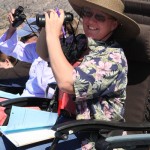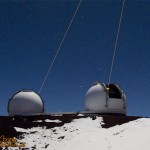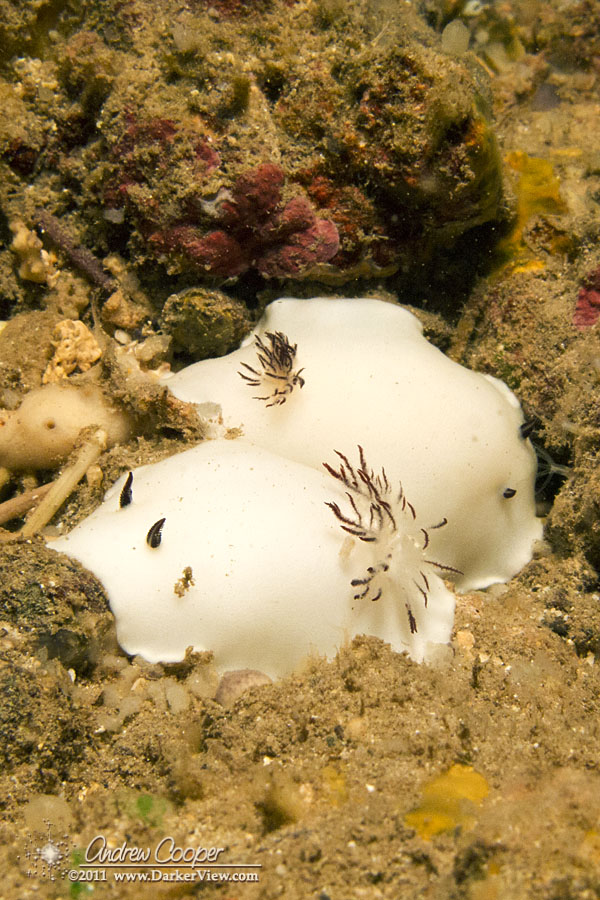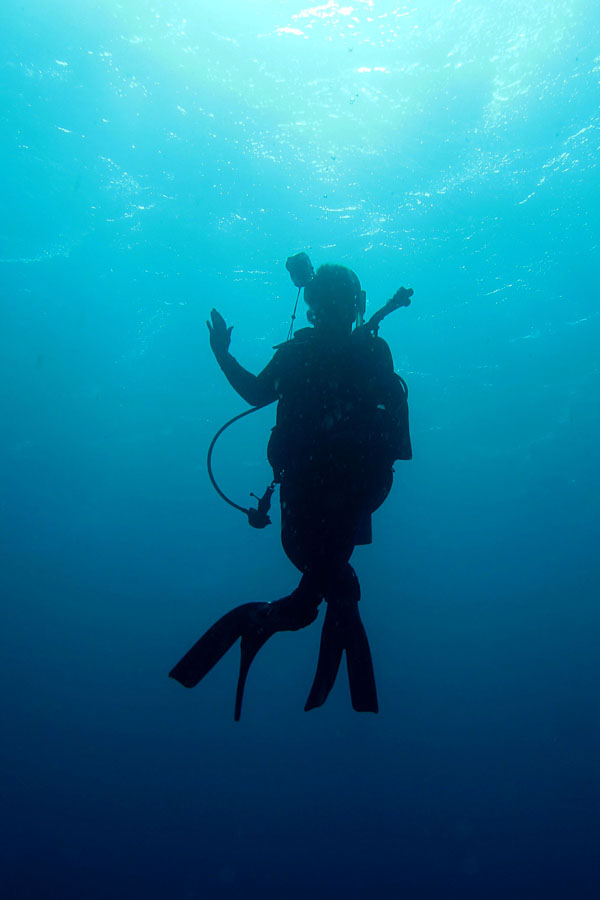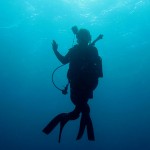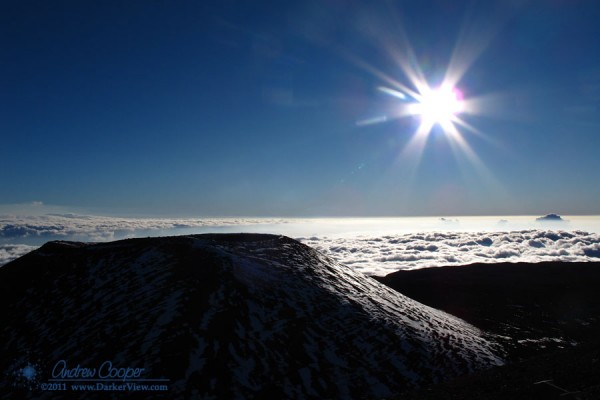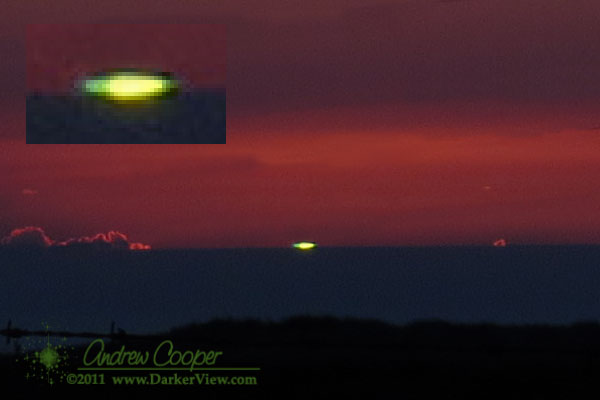It caught everyone’s attention, suddenly the southern sky lit up, a bright glow coming from the direction of our volcano. This occurred about 21:45 last night, we were getting ready to put away the telescopes, ending a great evening at the Mauna Kea Visitor Information Center.
The red glow was unmistakeable, something was happening at Halemau’uma’u. We moved to where we could see the brightly lit plume over the volcano, conversation buzzing with questions, what is going on?
Our guess is that something, most likely a large rockfall, disturbed the lava lake at the bottom of Halema’uma’u crater. The lake, normally crusted over and dark, can be easily disturbed. If something happens to break up the crust, the glow of this very hot lava is surprisingly bright. Bright enough that we were surprised by the show from our vantage point about 30 miles away.
What happened? I will have to read the daily report later today and see if anything out of the ordinary is noted. A nice event, and a treat for the tourists still at the VIS near closing. The glow faded over the next 20-30 minutes. After closing the VIS and beginning my drive back down the mountain, it had faded enough to be barely visible again.
My Canon G11 is not normally a good after dark camera, but given the bright moonlight, and the brighter glow from the volcano, it did fairly well…
Update! Today’s volcano report indicates a series of large rockfalls occurred last night.



